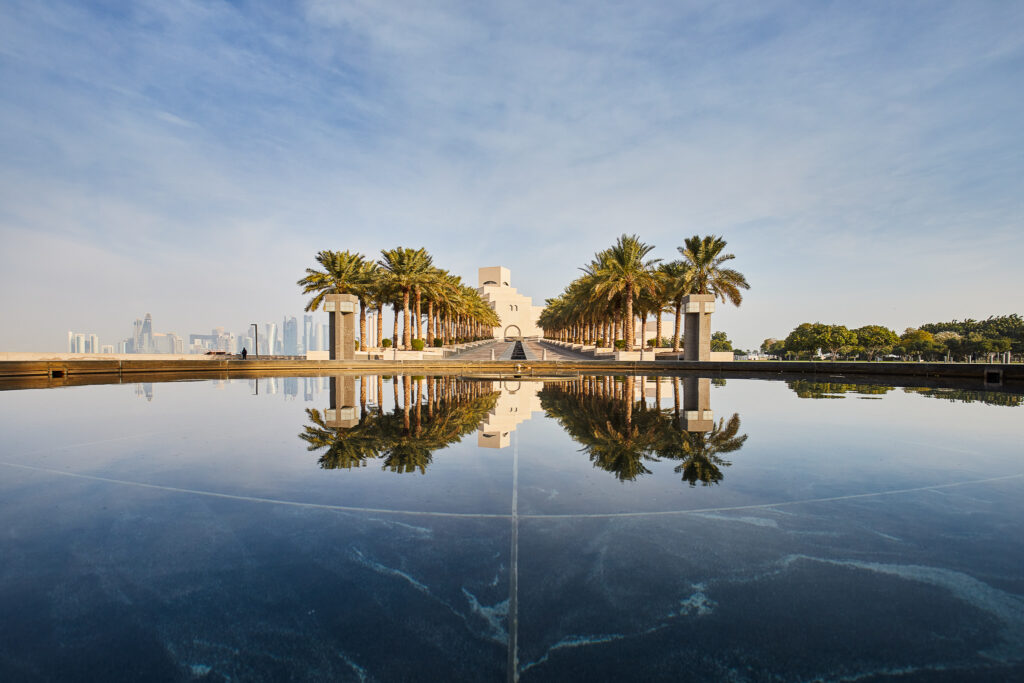
Qatar successfully hosted the 2023 World Cup; the country is also set to host the Grand Prix 2023 Formula 1 and 2023 MotoGP Grand Prix in October and November 2023. GCC countries contribute to 60% of global outbound tourism and what’s even more interesting is the fact that these travellers contribute to 75% of total international tourism expenditure from the Middle East.
In an interview Philip Dickinson, VP- International Markets, Qatar Tourism, shares more.

Travel Daily (TD): As the first Middle Eastern country to host the World Cup, Qatar, how was the response and how have the tourist numbers grown? Can you shed light on statistics?
Philip Dickinson (PD): It was a fantastic World Cup, with ground-breaking statistics and memorable experiences for fans. Guests had a great time both on and off the pitch. The compact size of the event benefited fans, teams, and the media, which made it easier for people to travel and see numerous matches in a day. India came in second only to Saudi Arabia in terms of tournament attendance.
According to FIFA, the total stadium attendance was 2.45 million, with an average rise of 96% occupancy in each game. Over 60,000 Indian fans travelled to Qatar for the tournament last year.
Despite the usage of digital screens, viewership increased by around 11% in India throughout the first 48 matches and by 51% during the first 19 matches. Aside from the official tournament locations, Doha’s Fan Festivals has seen over 2 million visitors since the tournament began. India has been one of the top countries in terms of FIFA World Cup TM investment.
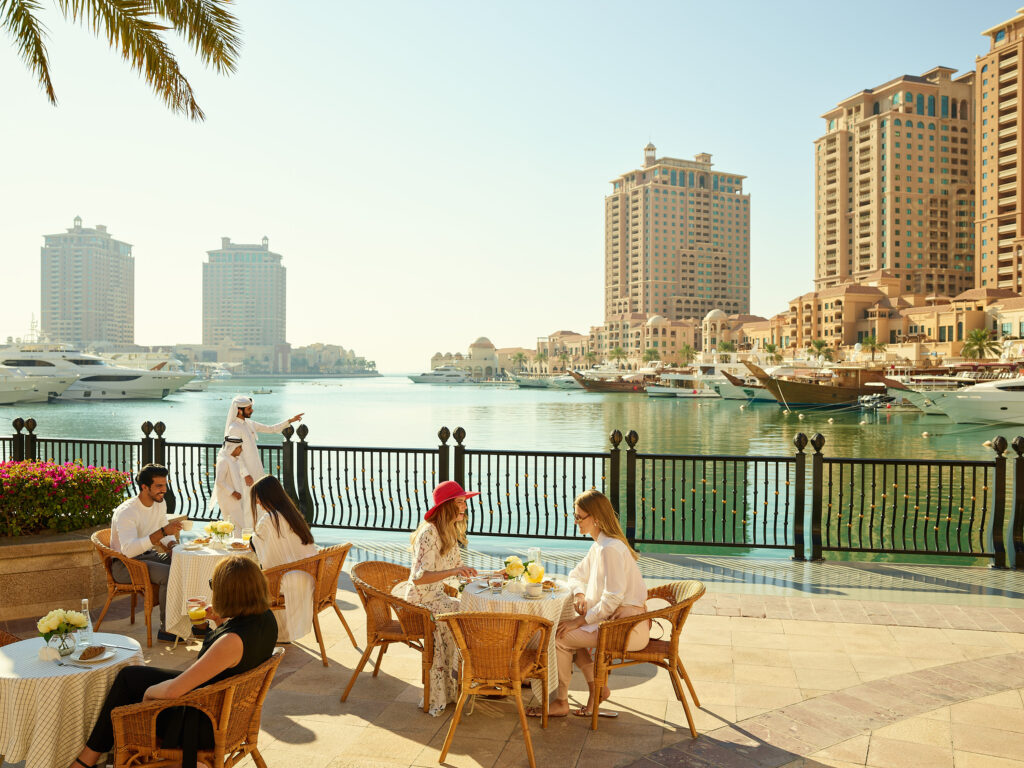
TD: Post the World Cup, what have you done to keep the momentum of tourists’ growing?
PD: Ahead of the tournament, Qatar made significant strides in enhancing its tourism assets, improving transportation infrastructure, developing a variety of new attractions, and opening over 100 hotels, ranging from luxurious 5-star properties to more budget-friendly options. Some of the new attractions that have recently opened include:
Lusail Winter Wonderland; For the first time ever, the world-famous Winter Wonderland festival arrived on Qatar’s shores. From the producers of Hyde Park Winter Wonderland, London, this new attraction is the ultimate entertainment and lifestyle celebration.
Al Maha Island: Al Maha Island features high-end restaurants including Zuma, LPM, Billionaire and Carbone. The island also reserves a unique driveway experience for super cars and classic cars at the Al Maha Drive.
Lusail Boulevard: Located in the heart of Lusail, this dynamic and diverse shopping, commercial and residential area is set to become the Champs-Elysees of the Middle East, with the open-air, climate-controlled boulevard offering a vast range of experiences.
Corinthia Yacht Club: The private club offers exclusive invitation-only membership, the first of its kind in Qatar. Located at The Pearl-Qatar, the architecture of the stunning Corinthia Yacht Club echoes the billowing sails of the traditional Qatari dhows. The club is also home to Kai’s Songbird, the first international branch of London’s Michelin starred KAI Mayfair restaurant.
This year, Qatar also continues with an action-packed calendar of global events and exhibitions. Doha, named Arab Tourism Capital 2023 this year, will host two of the major sporting events of the year in autumn: the Formula 1 Qatar Airways Qatar Grand Prix, between 6 and 8 October; and the Qatar Moto GP Grand Prix, between 17 and 19 November.
In addition, Qatar will be home for the first time to the Geneva International Motor Show from 5 to 14 October. And from 2 October until March 2024, International Horticultural Exhibition – Expo 2023 Doha, will take place under the theme “Green Desert. Better Environment”. An event, in which more than 50 countries will participate, is expected to attract millions of visitors.
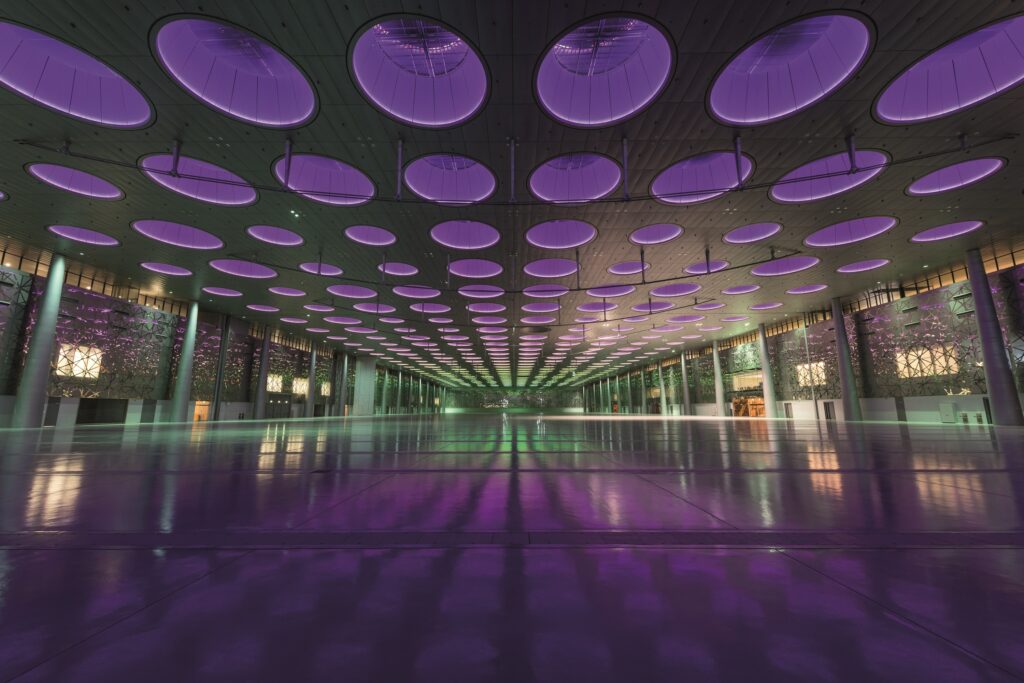
TD: What is the essence of your MICE tourism strategy? As a destination what are your offerings for big conferences? Which main events are lined up for 2023 and 2024?
PD: Qatar has turned into one of the leading MICE destinations offering world-class service and state-of-the-art MICE facilities combined with a variety of tourist attractions. The country is well-equipped to cater to the diverse needs and demands of any corporate event, from conferences and business meetings to workshops and seminars.
In addition, Qatar is home to a host of community centres and cultural sites which double up as unconventional meeting spaces and event venues. Some of these are, Msheireb Downtown Doha and Msheireb Museums, Al Zubarah Fort, Al Shaqab Equestrian Center, Lusail Boulevard and Museum of Islamic Art. Qatar Tourism also has a subvention support program which is offered to Corporates, and our representation offices in each market actively support trade partners with queries and information. Furthermore, the national carrier Qatar Airways offers the QMICE program under which businesses can expect attractive fares for group trips to Qatar.
India’s MICE market has significant potential and is a key driver for Qatar. This year we have already hosted some large-scale Indian weddings, several corporate groups, and other grand events from India. The destination has seen over 2 million international visitors during H1 2023 alone and has an exciting line-up in place for the rest of the year and beyond.
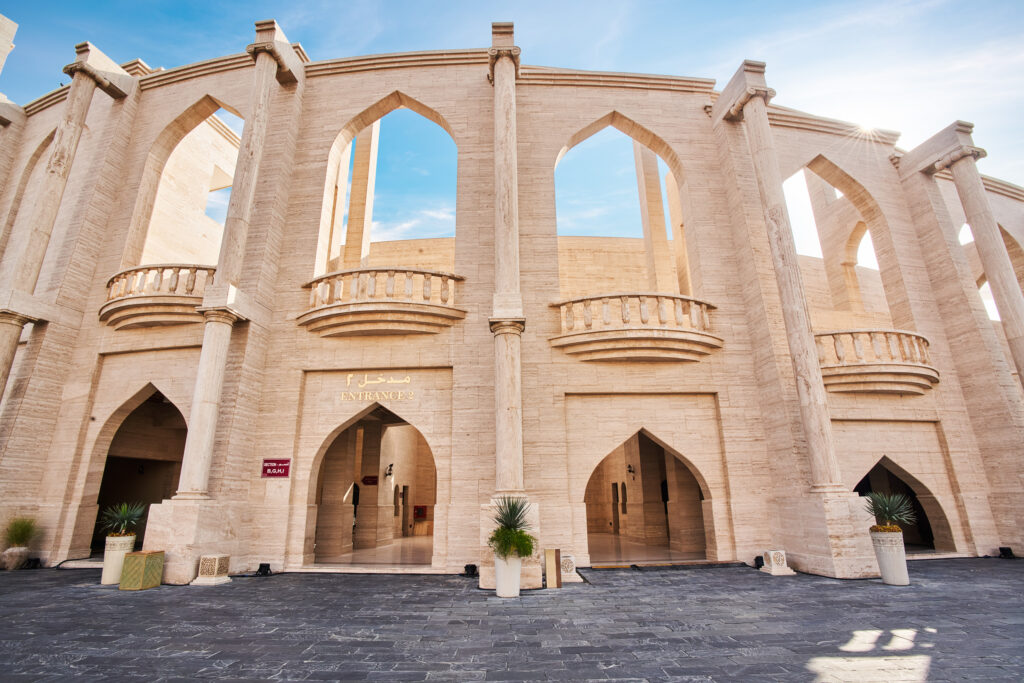
TD: Which countries are your main source markets and what are the prospective ones?
PD: According to data given by Research and Markets, the GCC outbound travel and tourism industry is expected to rise at a considerable CAGR between 2021 and 2028. With seamless connection, low-cost international airfare, and travel packages, arrivals from the GCC into other destinations are likely to rise. The GCC region is a significant source market for us along with India. Other core markets include Europe with special focus on countries such as the UK, DACH, France and Spain as well as USA and Australia.
The Gulf Cooperation Council (GCC) is one of the world’s fastest-growing tourism source economies and an exceptionally rewarding market for global tourism. GCC countries contribute to 60% of global outbound tourism and what’s even more interesting is the fact that these travellers contribute to 75% of total international tourism expenditure from the Middle East. Moreover, its 54-million-strong population presents further potential. GCC travellers are renowned to be high spenders. The GCC region, followed by India are our main source markets.
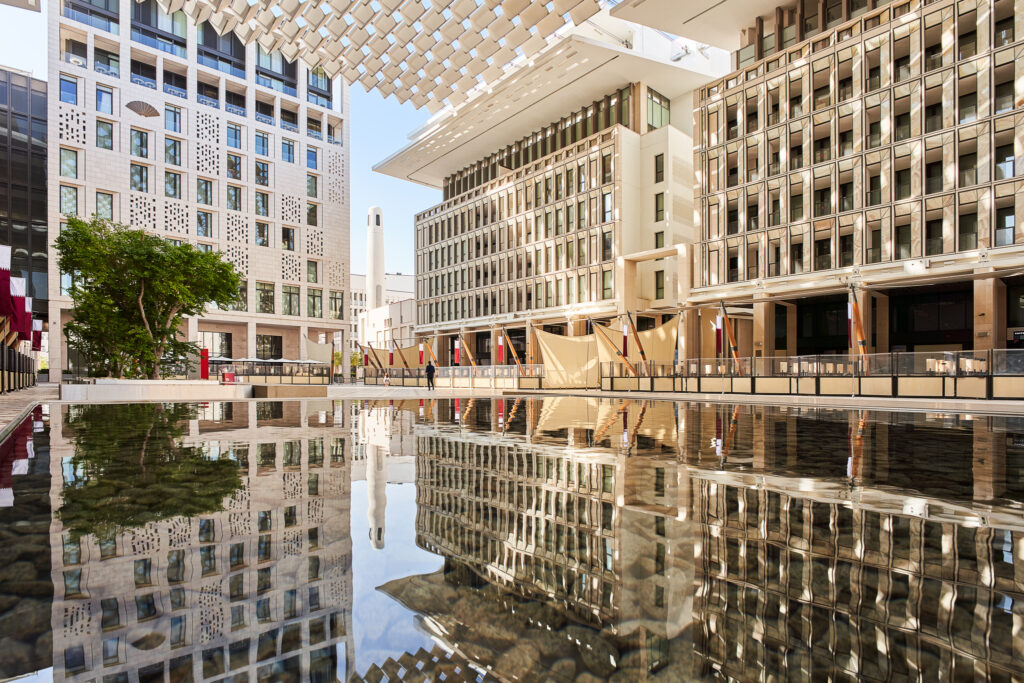
TD: How easy or difficult is it to get a visa to Qatar? Kindly throw light on current air connectivity between Asian destinations and Qatar?
PD: Qatar’s strategic location, excellent air connectivity and visa-free proposition makes it an excellent choice for travellers. The national carrier, Qatar Airways, connects Doha to more than 160 destinations across six continents, and 80% of the earth’s population is within a six-hour flight.
Besides, travellers from over 95 countries, including India, can enter visa-free, for a period of 30 days, while the visa application process for all other nationalities is simple with the refreshed Hayya platform.
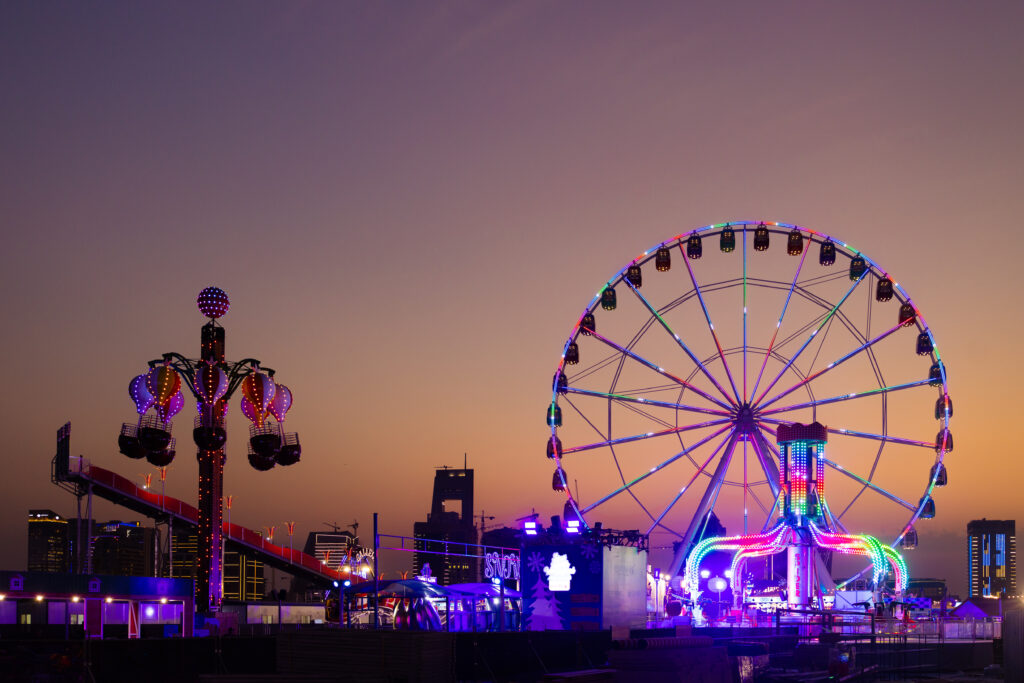
TD: What can Qatar offer to B2B (travel and trade clients in Asia)? How are you planning to target the B2B market?
PD: Qatar is making investments in advertising, incentive programmes, strategic commercial alliances, and effective on-the-ground outreach along with active participation in road shows, networking events, and trade shows at key source markets.


Comments are closed.